Musée d'histoire Baejaehakdang (배재학당역사박물관)
0m 25178 2021-10-05
Séoul, Junggu, Seosomun-ro 11gil 19
+82-2-319-5578
Baejaehakdang est la première école d'architecture occidentale construite en Corée, en 1885 par Henry Gerhart Appenzeller (1858~1902). Le but premier de cette structure était l'enseignement de l'anglais, avant de devenir un grande centre d'instructions ayant formé quelques grands intellectuels en Corée. La structure est divisée en plusieurs écoles, avec son université, son lycée, et son collège.
Musée d'histoire de Baejaehakdang
Le musée a été fondé dans les murs du bâtiment Baejaehakdang en 2008, bâtiment classé au patrimoine coréen. En plus des expositions régulières et temporaires, le musée propose également des programmes d'éducation.
Korea Samgyetang (고려삼계탕)
73.23073605258296m 53712 2017-09-26
1, Seosomun-ro 11-gil, Jung-gu, Seoul
+82-2-752-9376, 2734
Korea Samgyetang serves up delicious samgyetang (ginseng chicken soup) made using only 4-year-old ginseng cultivated in Geumsan (a town famous for its ginseng) and chickens raised on local farms. Young chickens (no more than 49 days old) are butchered and delivered fresh daily, making for only the tenderest meat. The chicken is boiled with high-quality ginseng, dates, garlic, glutinous rice, and various medicinal herbs to make a flavorful and energizing soup.
* Designated a “Best Korean Restaurant” by the Seoul Metropolitan Government
Ilpum Garden (일품가든)
74.60495603059266m 94 2021-03-30
109-10, Seosomun-ro, Jung-gu, Seoul
+82-2-3789-7295
This is a restaurant where you can taste both shabu-shabu (sliced meat and vegetables boiled in water) and roasted meat. This Korean dishes restaurant is located in Jung-gu, Seoul. The representative menu is shabu-shabu.
Musée d’art de Séoul (서울시립미술관)
130.08194453075507m 6862 2023-10-17
61, Deoksugung-gil, Jung-gu, Seoul
+82-2-2124-8800
Le Musée d'Art de Séoul met à l'honneur l'art moderne coréen et international à travers ses six galeries. De grandes expositions internationales s'y tiennent tous les cinq à six mois. Depuis mai 2002 se tient en exposition permanentes autour des oeuvres de l'artiste coréenne Chon Kyung-ja. Des visites guidées en anglais de l'exposition permanente sont possibles les samedis et dimanches. Après la visite du musée, vous pourrez vous balader le long du mur en pierre du palais Deoksugung, visiter le théâtre Chongdong pour voir un spectacle traditionnel ou aller voir le spectacle Nanta au théâtre Nanta.
Jaembaeok (잼배옥)
159.1946008144334m 77 2021-03-30
68-9, Sejong-daero 9-gil, Jung-gu, Seoul
+82-2-755-8106
It has over 80 years of tradition. This Korean dishes restaurant is located in Jung-gu, Seoul. The representative menu is ox bone soup.
Mirakjeong (미락정)
185.88393519752418m 91 2021-03-30
52, Sejong-daero 9-gil, Jung-gu, Seoul
+82-2-778-7210
It is a place where pork cutlet is made directly with domestic pork. This restaurant's signature menu is house-made jumbo sized pork cutlet. This Korean dishes restaurant is located in Jung-gu, Seoul.
Seomun Hoegwan(서문회관)
197.6308666188843m 24101 2021-03-18
47, Sejong-daero, 11-gil, Jung-gu, Seoul
+82-2-755-0897
A bulgogi specialty restaurant located near City Hall Station in Seoul. The most famous menu is Korean beef bulgogi. Experience bulgogi, a Korean traditional dish.
Eglise de Chungdong (정동교회)
213.22938734140573m 4222 2020-06-25
46, Jeongdong-gil, Jung-gu, Seoul-si
+82-2-753-0001
Introduction :
L’église de Chungdong, dont la construction fut achevée en 1989, est la première église protestante de Corée. A sa construction, sa surface était de 380 m², mais d’autres bâtiments ont été rajoutés à chaque aile en 1926, et elle mesure à présent environ 580 m².
L’église de Chungdong a été déclarée 256ème plus grand accomplissement, et possède une architecture de style gothique nord-américain. A l’intérieur se trouve un buste de son fondateur, le pasteur Appenzeller, et un monument commémoratif pour son 50ème anniversaire. En 1889, l’église a été mentionnée dans le mensuel « Church » comme étant la première église de Corée à proposer des cours d’étude de la Bible en été, et pour le travail de ses missionnaires. L’église de Chungdong se trouve au coeur de la charmante rue de Chungdong, particulièrement belle en automne, lorsque les pavés sont tapissés de feuilles mortes. Le quartier entier représente une intéressante destination touristique, car on y trouve également le théâtre Chungdong, le palais de Deoksugung et le musée d’art de Séoul.
Gangseo Myeonok (강서면옥)
217.2948751927826m 12935 2020-04-17
35, Sejong-daero 11-gil, Jung-gu, Seoul
+82-2-752-1945
Gangseo Myeonok has been famous for over fifty years, having been the food of choice served to visiting dignitaries from North Korea at the time of the South-North Red Cross Conference. The restaurant has succeeded in carrying on the tradition of Pyeongyang-style naengmyeon. The native buckwheat from Gangwon-do mixed with starch makes for fine noodles, and the wonderful broth is made from beef brisket with white radish kimchi.
Jinju Hall (진주회관)
230.75519958943917m 17524 2020-05-08
26, Sejong-daero 11-gil, Jung-gu, Seoul
+82-2-753-5388
Jinju Hall is a restaurant specializing in kongguksu (chilled white soybean noodle soup) with over 40 years of history. Renowned for its rich soup of cold noodles, the restaurant uses fresh soybeans grown in Gangwon-do. The dishes are not only nutritious, but also effective in restoring people's appetites, often lost because of the summer's heat.
To make the restaurant's signature dish, buckwheat is mixed with ground soybeans and flour to make dough. The dough is shaped into noodles and boiled. They are then mixed with pulverized soybeans (which are slightly boiled) and cold broth. Boasting a simple taste, this cold soybean noodle dish is one of the most popular dishes in summer.
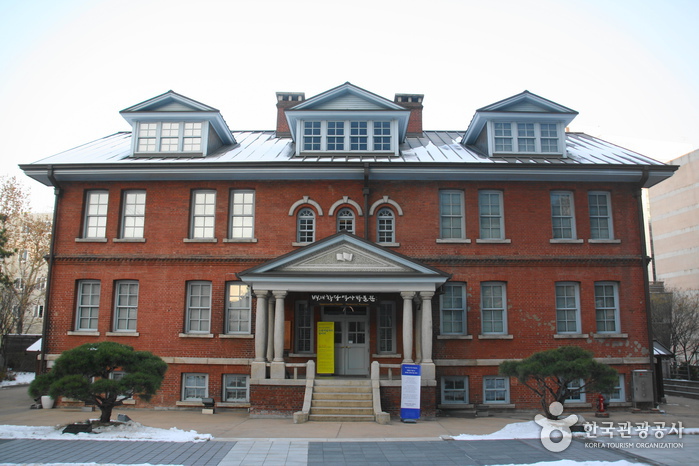

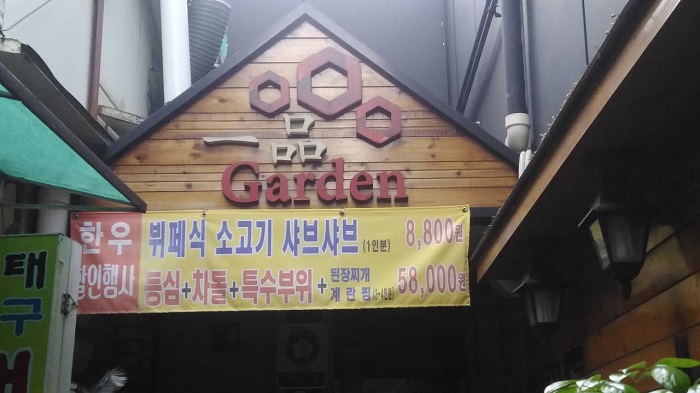
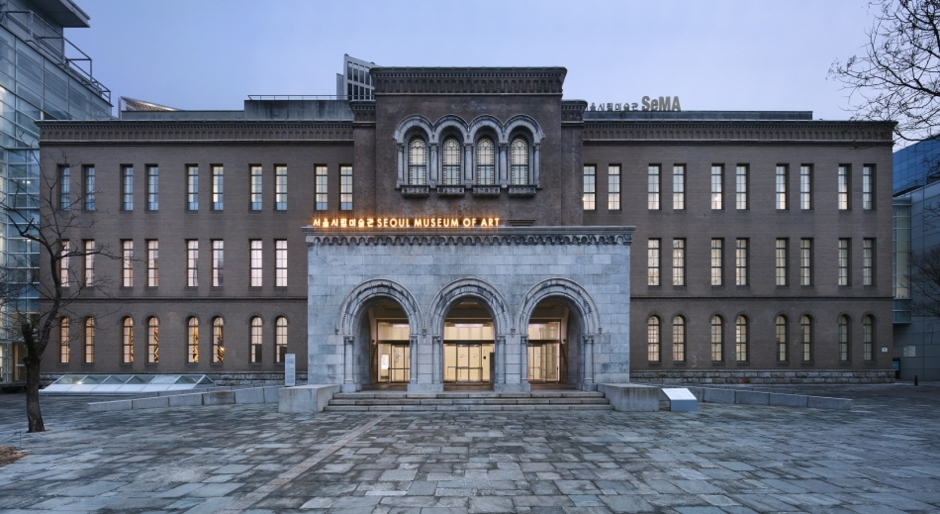
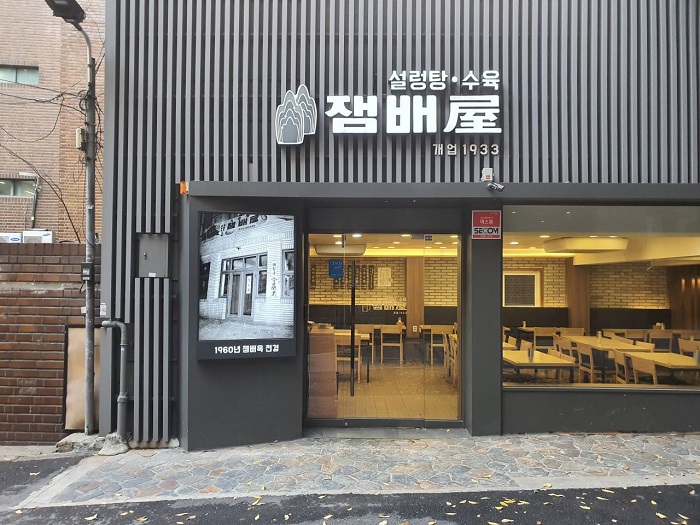
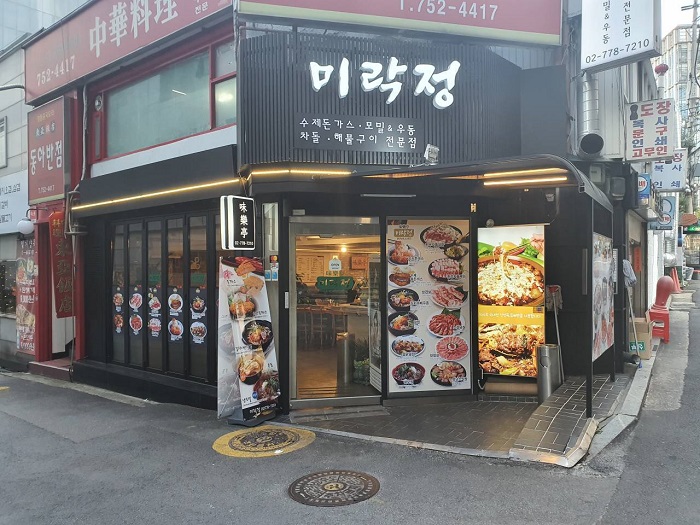
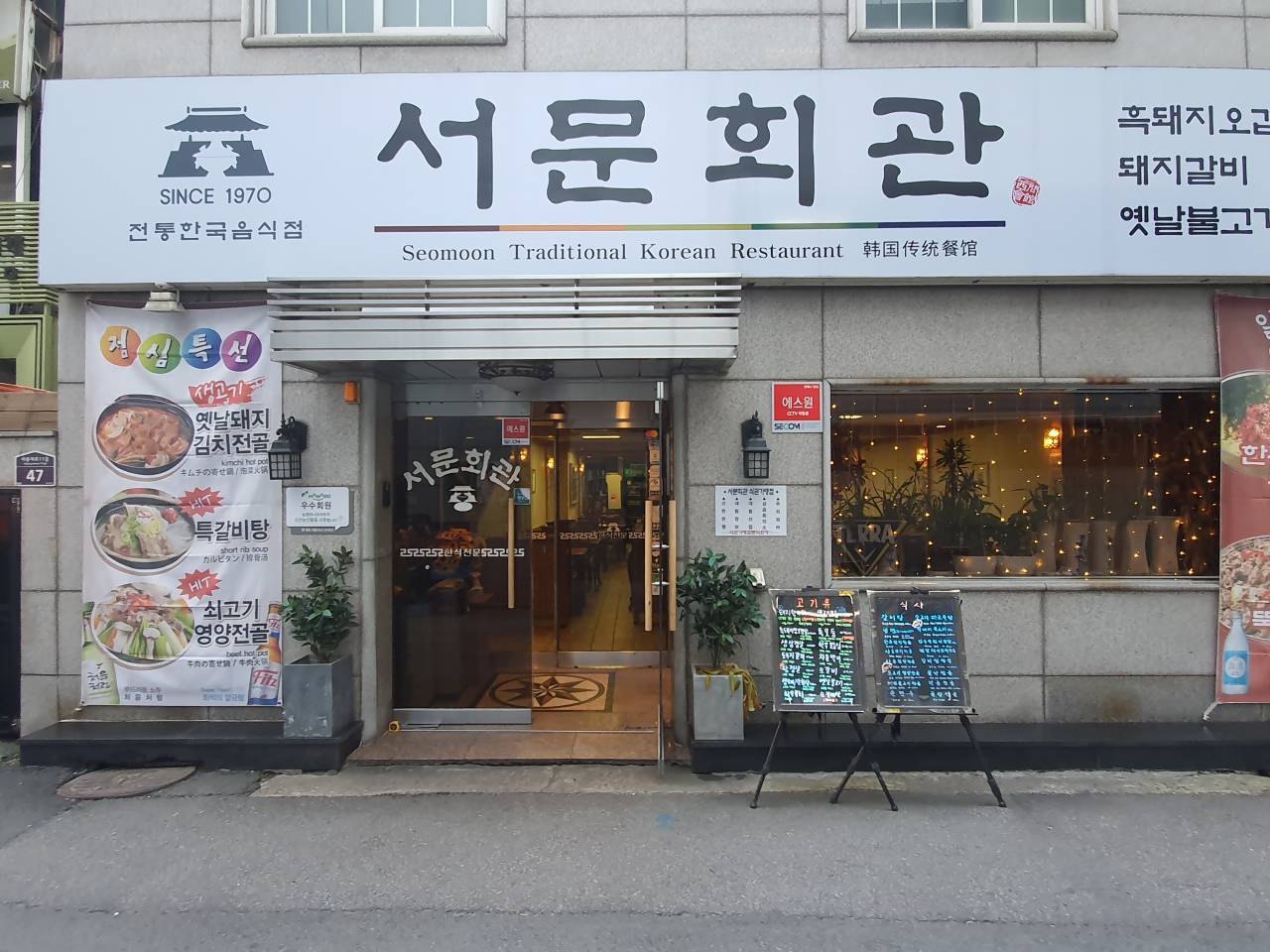
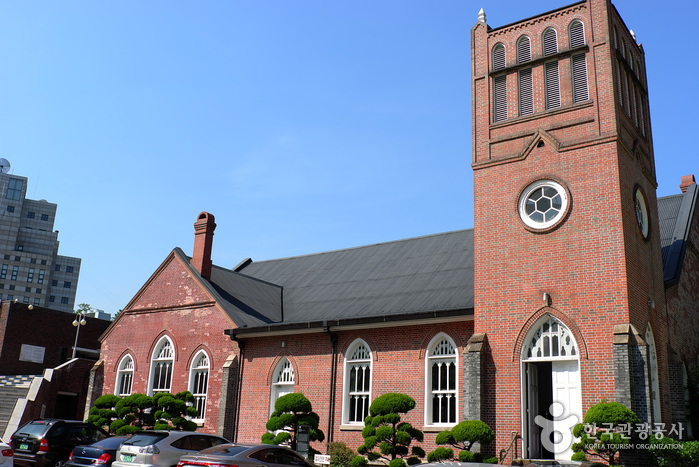
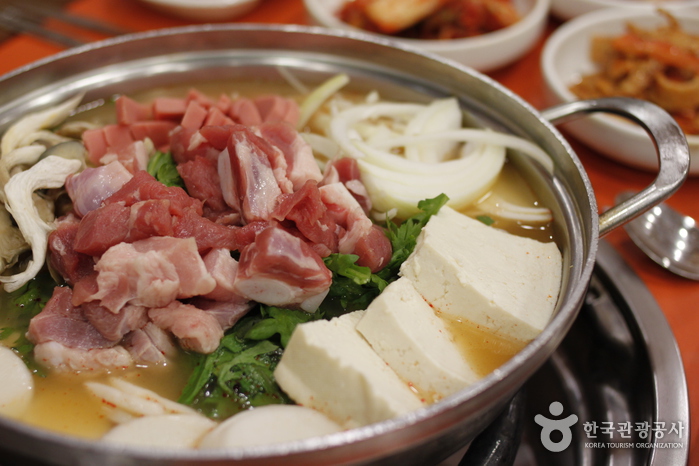
 Français
Français
 한국어
한국어 English
English 日本語
日本語 中文(简体)
中文(简体) Deutsch
Deutsch Español
Español Русский
Русский